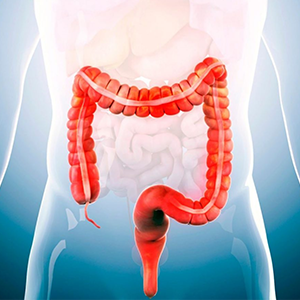
IBS

IBS
Irritable Bowel Syndrome (IBS) is a chronic gastrointestinal disorder characterized by recurring abdominal pain, bloating, and changes in bowel movements. Here's an overview:
Symptoms
1. Abdominal pain : Cramping, tenderness, or discomfort in the abdomen
2. Bloating : Feeling of fullness, tightness, or swelling in the abdomen
3. Changes in bowel movements : Diarrhea, constipation, or alternating between the two
4. Changes in stool appearance : Mucus, undigested food, or blood in the stool
5. Urgency : Sudden, intense need to have a bowel movement
6. Incomplete evacuation : Feeling of not fully emptying the bowels
Causes and Risk Factors
1. Genetics : Family history of IBS
2. Gut motility : Abnormal movement of food through the digestive system
3. Hypersensitivity : Increased sensitivity to food, stress, or hormones
4. Stress : Physical or emotional stress
5. Hormonal changes : Fluctuations in estrogen and progesterone levels
6. Food intolerance : Lactose, gluten, or other food intolerances
Diagnosis
1. Medical history : Review of symptoms, medical history, and lifestyle
2. Physical examination : Abdominal examination to rule out other conditions
3. Diagnostic tests : Endoscopy, colonoscopy, or imaging studies to rule out other conditions
4. Rome IV criteria : Diagnosis based on symptoms, bowel habits, and abdominal pain
Treatment
1. Dietary changes : Avoid trigger foods, follow a low-FODMAP diet
2. Stress management : Relaxation techniques, such as meditation or deep breathing
3. Medications : Antispasmodics, antidepressants, or laxatives
4. Probiotics : Beneficial bacteria to promote gut health
5. Cognitive-behavioral therapy (CBT) : Addressing underlying psychological factors
Lifestyle Changes
1. Regular exercise: Physical activity to reduce stress and improve bowel habits
2. Stress management : Yoga, tai chi, or other relaxation techniques
3. Sleep habits : Establishing a regular sleep schedule
4. Hydration : Drinking plenty of water to prevent constipation
5. Food diary : Tracking food intake and symptoms to identify trigger foods
